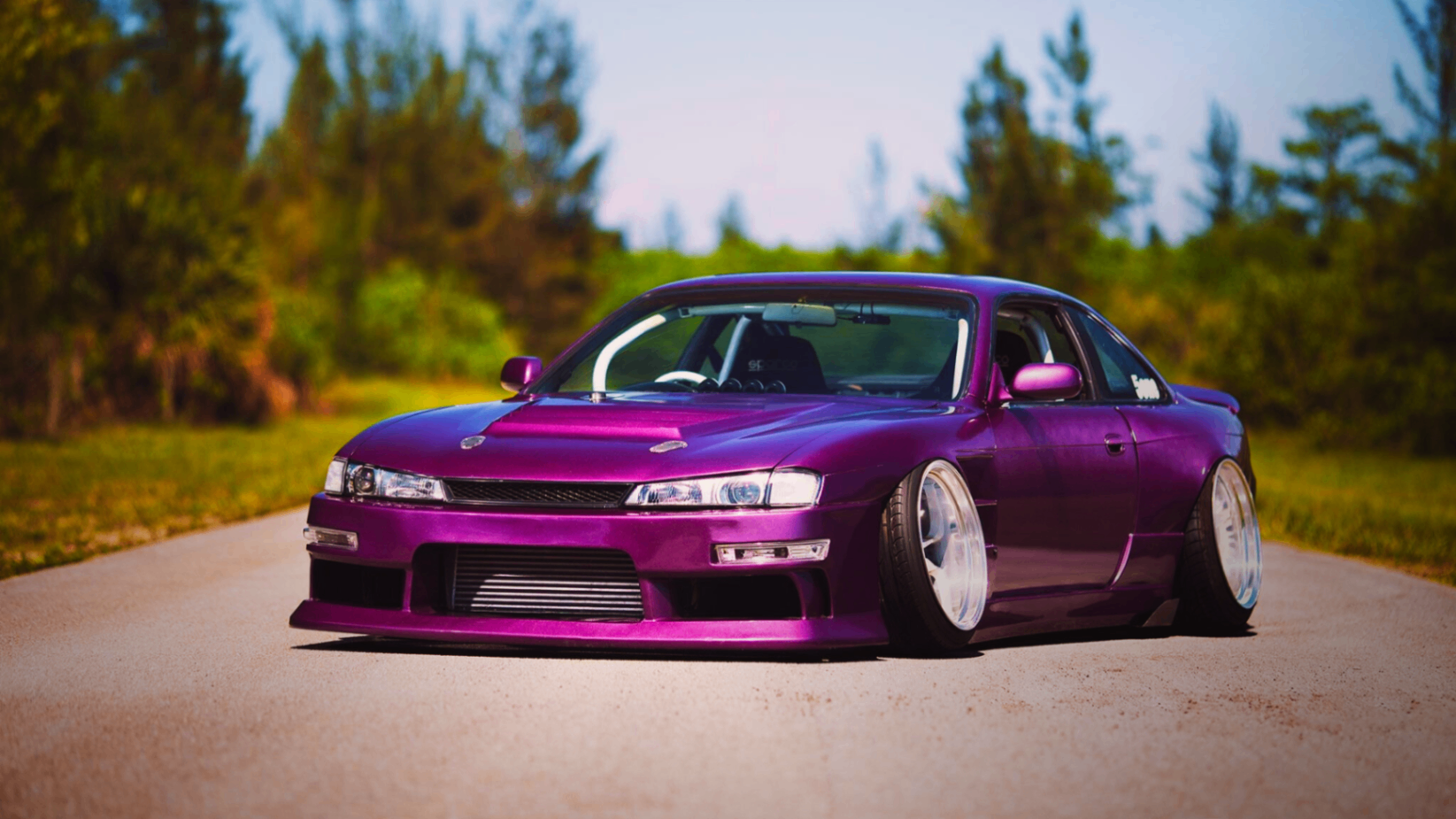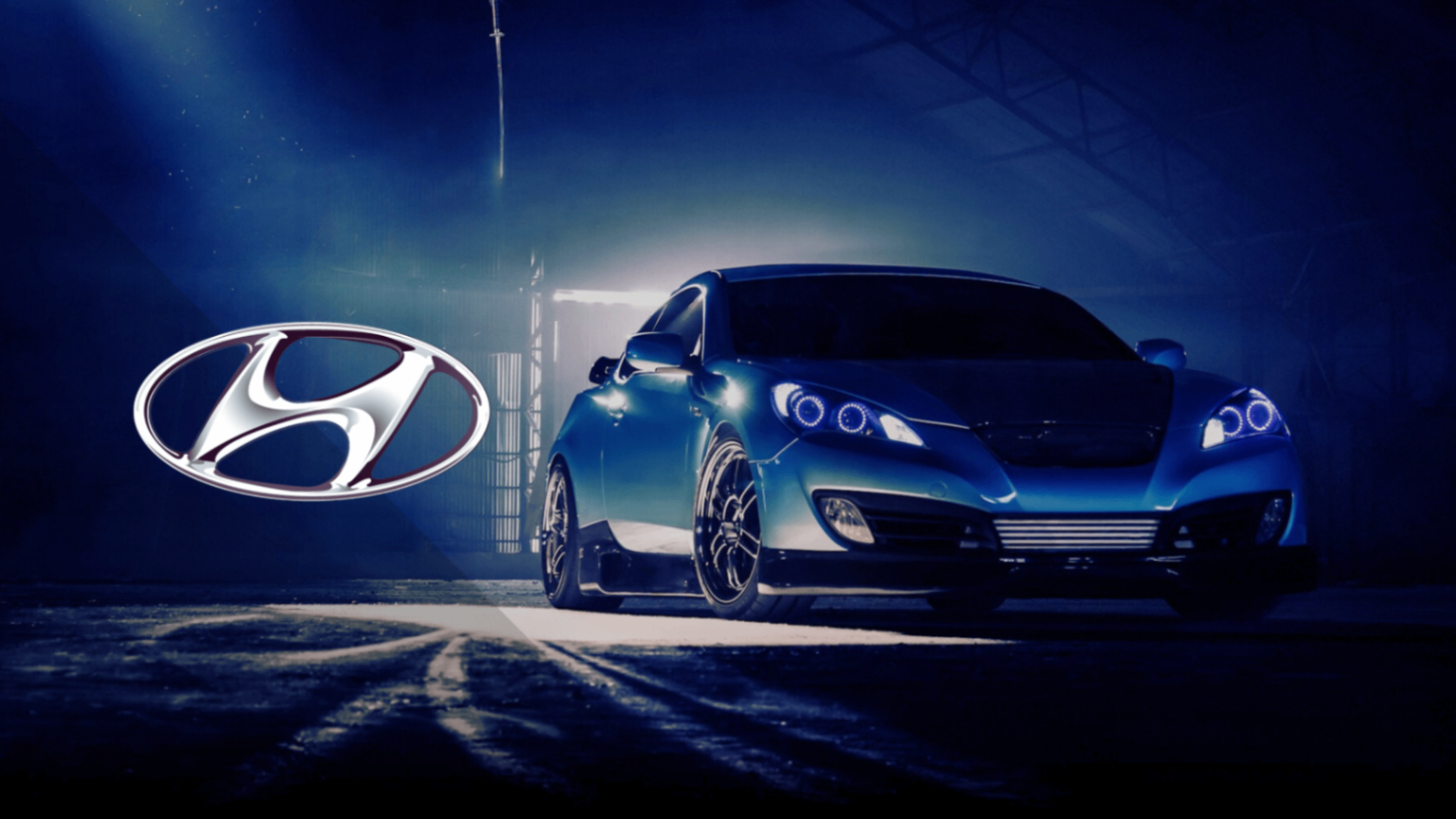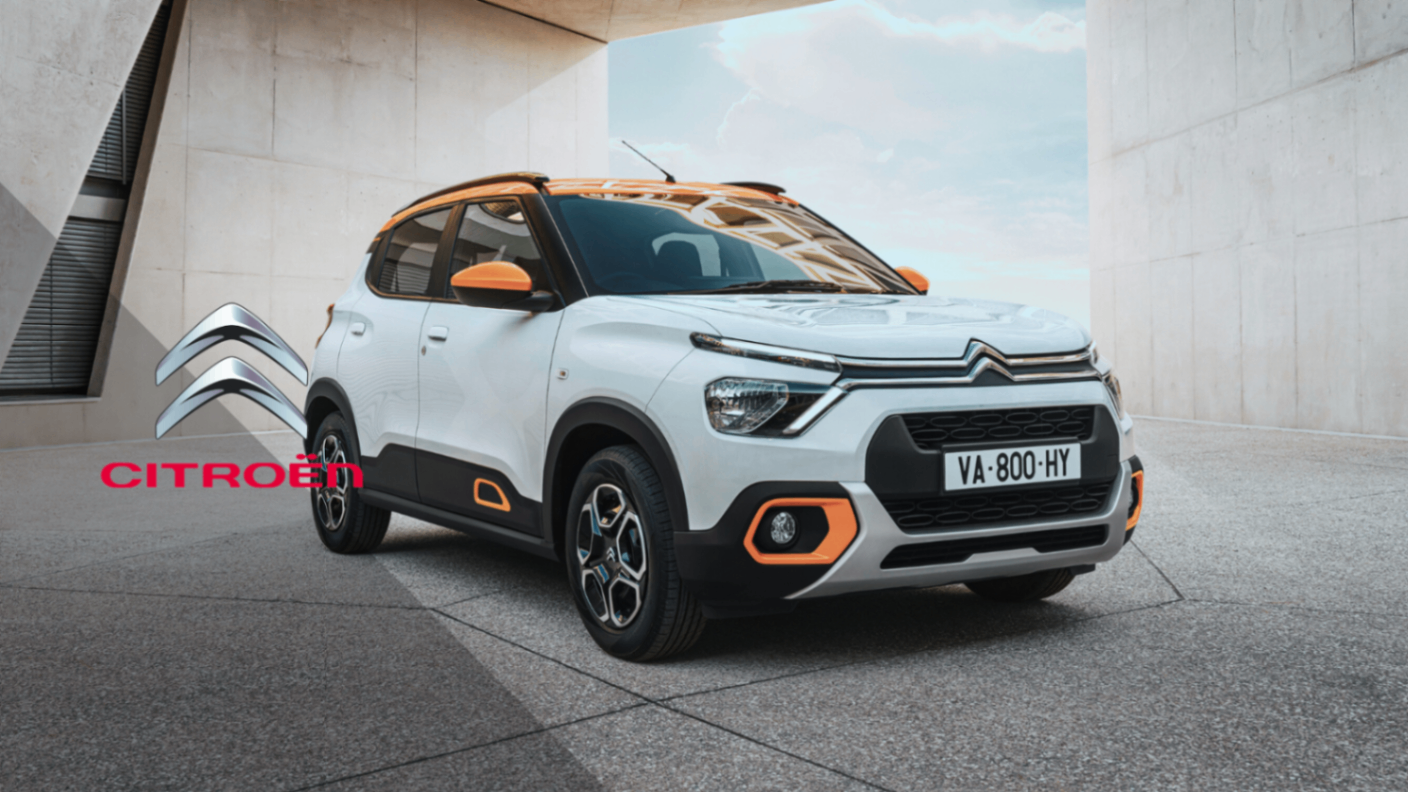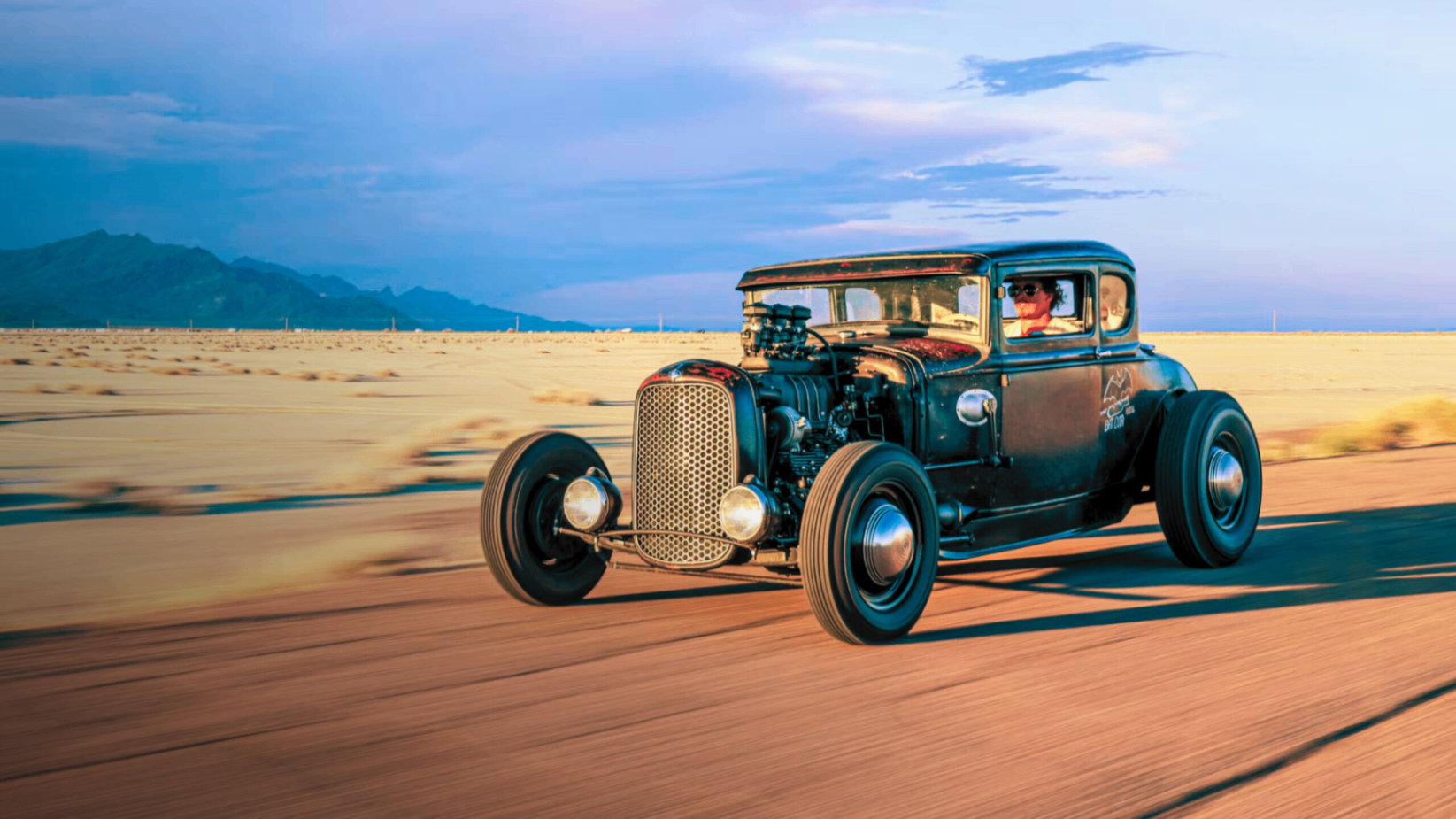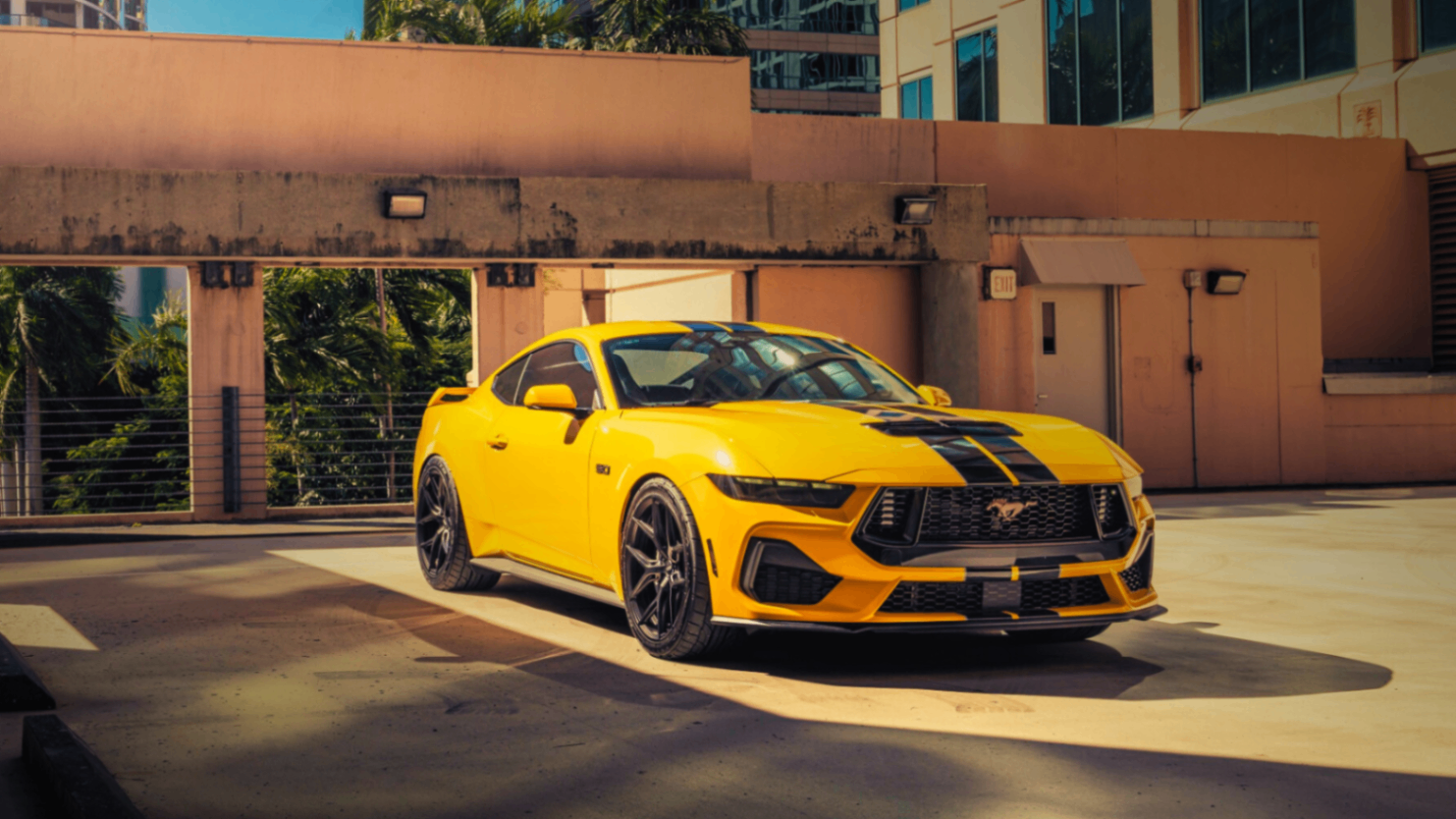
Welcome! In this special series, we'll dive into the exciting world of car tuning, exploring the most iconic and fascinating styles from around the globe. Have you ever seen a car that seems to float above the asphalt with such an aggressive and perfect stance that it takes your breath away? Welcome to the fascinating world of Stance Tuning, where ride height and wheel angle become an art form. Get ready to discover the style that takes automotive aesthetics to the extreme!
History and Origins
Stance tuning emerged as a subculture within the automotive tuning world, evolving from various global influences.
The concept of lowering a car's suspension to improve its appearance and handling began gaining popularity in Japan and Europe. In Japan, the Bosozoku tuning culture, which featured cars with extreme suspensions and bold modifications, influenced the development of Stance. Simultaneously, in Europe, Euro Tuning enthusiasts were experimenting with lower suspensions and larger wheels to achieve a more aggressive look.
Drifting, a motorsport originating in Japan, also played a crucial role in shaping the Stance style. Drift cars, with their tuned suspensions and negative camber, inspired many tuners to adopt and adapt these elements to their street cars.
As the internet and social media began connecting car enthusiasts worldwide, Stance style started gaining popularity outside of Japan and Europe. In the United States, tuners quickly embraced this style, combining it with elements of American Tuning and creating a unique fusion that resonated with young enthusiasts.
Check this out: Everything you need to know about AMERICAN MUSCLE
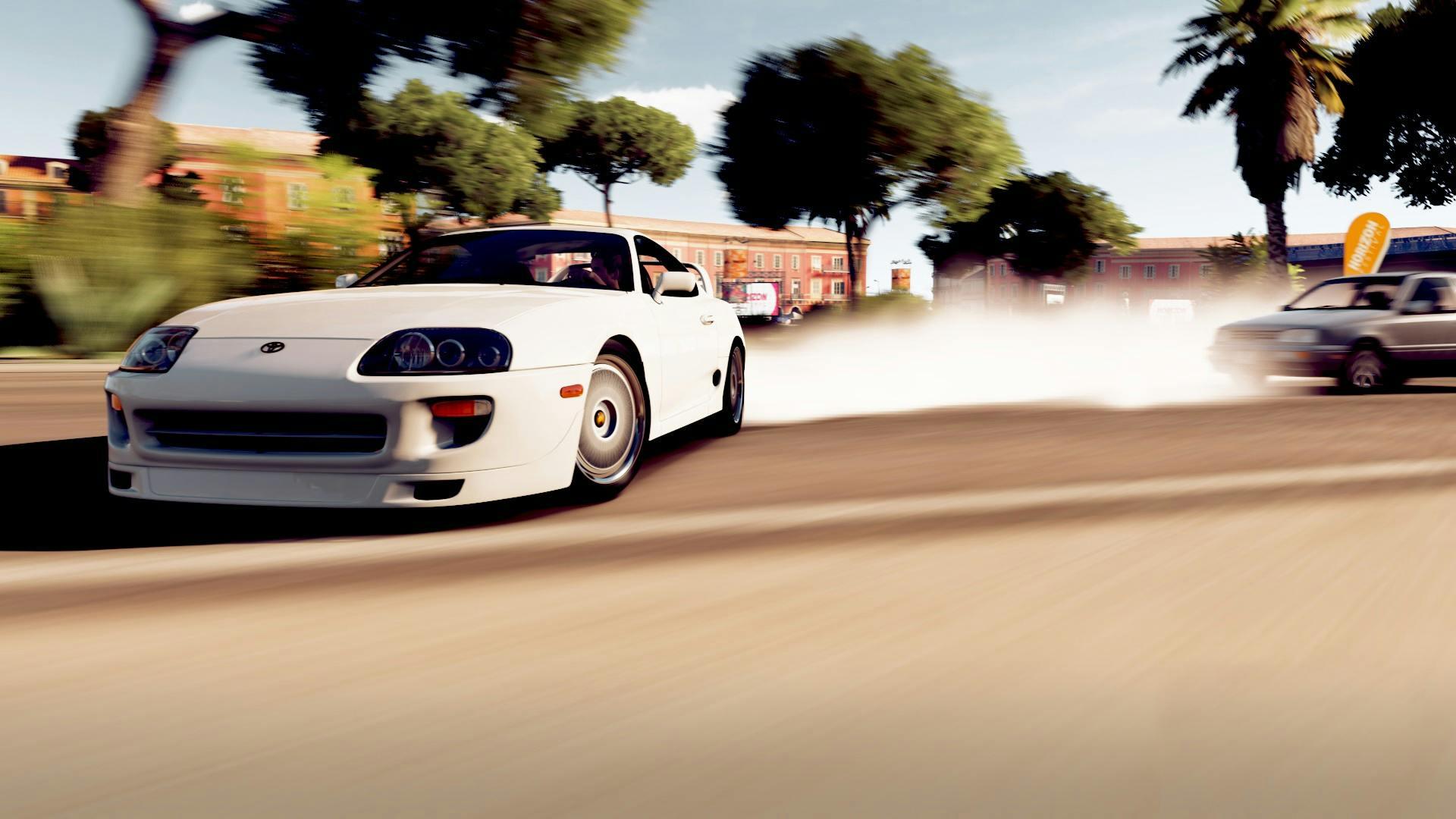
Key Features
One of the most distinctive features of Stance is the vehicle's ride height. Cars are extremely low, almost scraping the ground. To achieve this look, adjustable suspensions like coilovers and air ride systems are used. Coilovers allow for adjustments to both ride height and stiffness, while air ride systems allow the driver to raise or lower the vehicle as needed, which is especially useful for navigating uneven terrain.
Negative camber, or the angle of the wheels that causes the top of the tires to tilt inward toward the car, is a signature aesthetic of the Stance style. This alignment not only contributes to the car's aggressive appearance but also allows wider tires to fit under the fenders. This can lead to uneven tire wear, a sacrifice many enthusiasts are willing to make for the look.
Wheels and tires are fundamental to Stance Tuning. Enthusiasts often choose large-diameter, wide tires, often custom or from premium brands. Wheels with deep lips and special finishes, such as polished, chrome, or gold, are very popular. The choice of wheels and their fitment on the vehicle, known as "fitment," is an art form within the Stance community.
To accommodate wide tires and negative camber, many Stance cars feature widened fenders. These can be customized through cutting and welding techniques or by using wide-body kits. These kits not only allow for better wheel fitment but also give the vehicle a more robust and aggressive appearance.
In addition to suspension and wheel adjustments, Stance cars often include a variety of aesthetic modifications. These can include side skirts, rear diffusers, spoilers, and front lips. Custom details, such as tinted headlights, vinyl wraps, and unique paint jobs, are also common. These modifications are done to enhance the vehicle's appearance and make it stand out at meets and events.
While the exterior is the most visible part of Stance Tuning, many enthusiasts also dedicate time and resources to customizing their cars' interiors. This can include sport seats, custom steering wheels, high-end audio systems, and accents in materials like carbon fiber or leather. The idea is to create an interior space that reflects the owner's style and attention to detail.
Famous Examples
Some cars have taken customization to the next level and become true icons, like the Volkswagen Golf MK1. This compact and classic hatchback has been the subject of countless modifications, standing out for its clean aesthetics and extreme stance. Enthusiasts often equip it with adjustable coilover suspensions or air ride systems to lower the car's ride height to the ground. Wide wheels with deep lip rims, often with chrome or gold finishes, complete the look.
The BMW E30 is another iconic vehicle in the Stance world. Its classic and elegant design makes it a perfect base for extreme modifications. E30 owners often opt for air suspension to achieve an extremely low ride height, complemented by significant negative camber. Additionally, the E30 often receives additional aesthetic modifications, such as fender flares, custom paint jobs, and carbon fiber accents.
There's also the Mazda RX-7 FD, known for its rotary engine and iconic design. It's a favorite among Stance enthusiasts. RX-7 FD owners often install air suspension to achieve an extremely low stance, accompanied by negative camber on the wheels. Custom wheels, with unique finishes and deep lips, are essential to complete the look. Additionally, many Stance RX-7 FDs feature custom paint jobs, detailed interiors, and engine upgrades to combine style with performance.

Culture and Community
Stance events and gatherings, such as StanceNation and Wekfest, have become places where enthusiasts can showcase their cars, share ideas, and celebrate their shared passion. These events have helped solidify a global community dedicated to Stance, where extreme aesthetics and creativity are highly valued.
Stance cars are very popular in automotive photography due to their striking aesthetics. Many owners organize professional photo shoots to showcase their vehicles. There are also competitions dedicated exclusively to Stance, where judges evaluate ride height, camber, wheel fitment, and other aspects.
Over time, the Stance style has evolved, adopting new trends and techniques. However, it has also been the subject of controversy due to concerns about the safety and functionality of excessively modified cars. Critics argue that the pursuit of perfect aesthetics often compromises vehicle performance and safety. Despite this, the Stance community continues to grow and adapt, always seeking new ways to improve and redefine its style.
From extreme lows to custom wheels and negative camber, Stance is more than just a style, it's a statement of identity and a passion for automotive aesthetics.
Don't miss our next episode, where we'll explore another incredible tuning style that will blow your mind!

